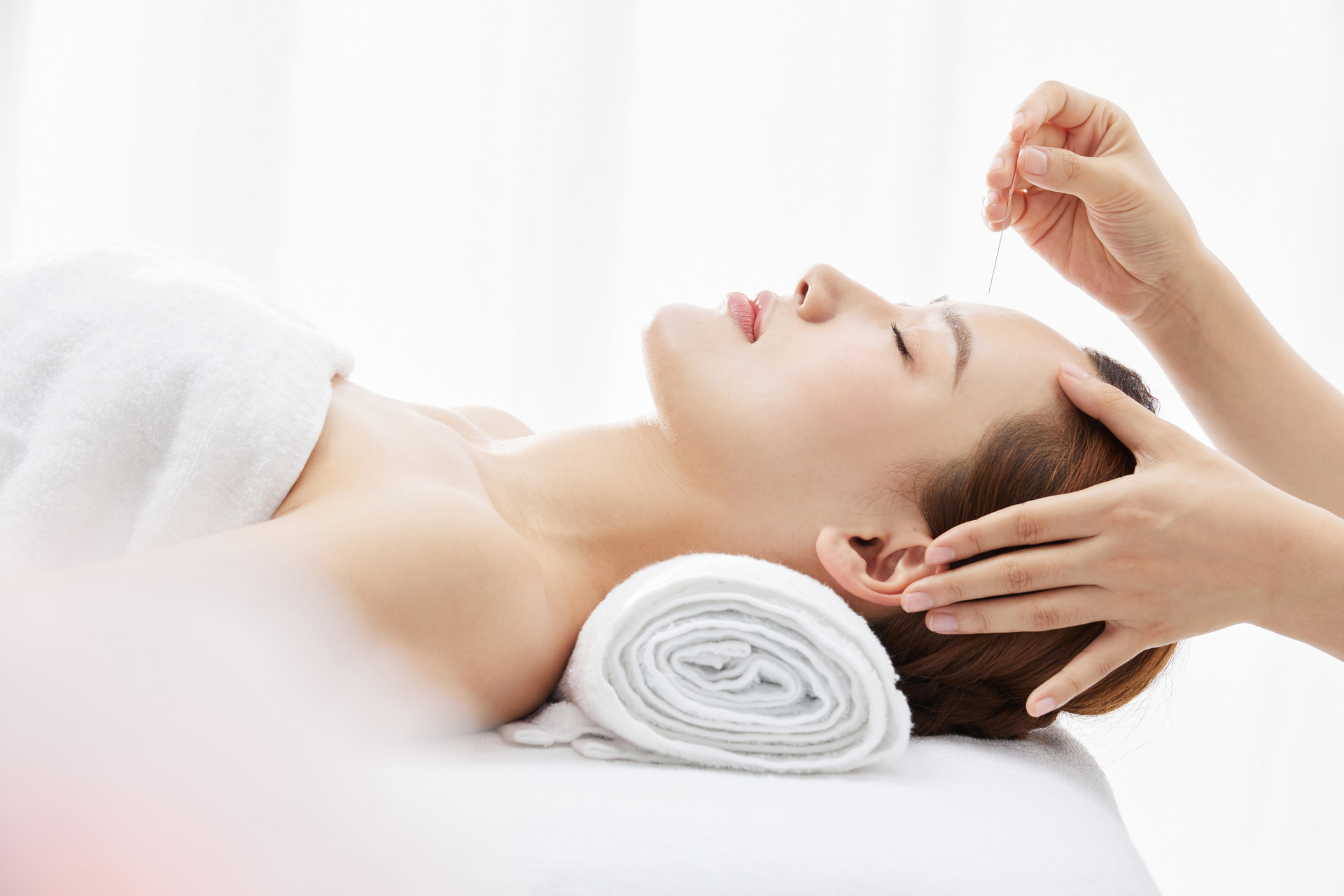Many friends may have heard of acupuncture, which is an external treatment method in traditional Chinese medicine. It involves inserting needles into specific acupoints in the patient's body and stimulating them through techniques such as manipulation and twisting to achieve the goal of unblocking meridians and promoting Qi and blood circulation. Acupuncture has a good effect in treating rheumatic diseases. So what are the advantages of acupuncture in treating rheumatic diseases? Do you know the main therapeutic effects of acupuncture? If you are not sure, don't worry, let me clarify it for you!
Acupuncture can be divided into "needle" and "moxibustion". "Needle" focuses on puncturing and is particularly effective in treating acute pain, such as acute pain from soft tissue injuries where painkillers may not be able to achieve thorough treatment. But acupuncture is different; it can help us treat the root cause and promote patient recovery. "Moxibustion" mainly focuses on tonifying and is suitable for chronic diseases such as chronic bronchitis and asthma.
Acupuncture has significant advantages in treating rheumatic diseases involving the musculoskeletal system, nervous system, gynecology, internal medicine, and other conditions. For example, it can provide faster pain relief for soft tissue pain, such as muscle strains; it can promote the recovery of neurological function in conditions like facial paralysis and hemiplegia, with a success rate of over 80% for complete recovery; it can relieve menstrual pain in gynecology by unblocking meridians and promoting Qi circulation; and it has good effects in treating vascular headaches and diaphragm spasms in internal medicine.
The specific methods, acupoint prescriptions, and treatment principles for acupuncture in treating rheumatic diseases have formed a relatively systematic and comprehensive theory. Based on the specific condition of rheumatic diseases, acupuncture treatment involves stimulating specific acupoints using different types of needles, moxibustion, and modern stimulation sources such as light, electricity, magnetism, and drugs. Through the transmission and conduction of meridians, it stimulates Qi circulation, adjusts the function of organs and Qi and blood, and mobilizes the body's intrinsic disease resistance, thereby achieving the purpose of "strengthening the body and expelling pathogenic factors" and preventing and treating diseases.
According to the principles of acupoint selection and application in acupuncture treatment, the treatment of rheumatic diseases should mainly focus on the affected area or acupoints along the meridians, or use special acupoints based on the principle of "treating pain with pain". For conditions like numbness and hot bi syndrome, shallow needling with filiform needles or combined use of skin needles and three-edged needles can enhance the effect of expelling pathogenic factors and promoting circulation. For conditions with severe pain, acupressure or ginger moxibustion can be combined to enhance the effect of warming meridians, dispelling cold, and relieving pain. In order to enhance the effect of removing dampness, warm needles, skin needles, and cupping therapy are often added to acupuncture treatment. However, it is important to note that all of these methods for acupuncture treatment of rheumatic diseases must be used under the guidance of a professional physician, and self-experimentation should be avoided.
Now, let's talk about the therapeutic effects of traditional Chinese medicine acupuncture and how it regulates the body. If we frequently experience toothache and other conditions, we can choose acupuncture for treatment. It can not only remove the excessive heat in our stomach but also alleviate stomach pain. Therefore, regular acupuncture has great benefits for our health.
The main therapeutic effects of traditional Chinese medicine acupuncture are as follows:
1. Assisting the body's natural healing process:
For dizziness caused by kidney yin deficiency or liver yang hyperactivity, which belongs to the pattern of yin deficiency and yang hyperactivity, the principle of "treating yin diseases with yang and yang diseases with yin" should be applied. For example, for kidney yin deficiency, acupoint Taixi on the kidney meridian of the foot Shaoyin should be stimulated with tonifying method; for liver yang hyperactivity, acupoint Xingjian on the liver meridian of the foot Jueyin should be stimulated with purging method.
I hope this explanation clarifies the advantages of acupuncture in treating rheumatic diseases and the main therapeutic effects of acupuncture in traditional Chinese medicine.










